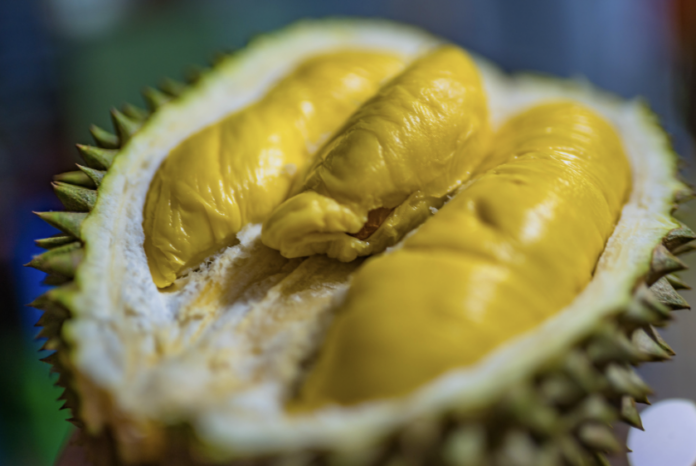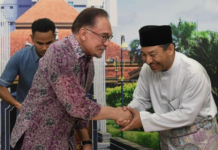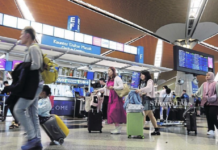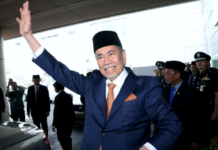By Nurhafizah Tan
KUALA LUMPUR, March 13 – If asked to name one food that could ‘unite’ Malaysia and China, durian would undoubtedly be the choice as the ‘diplomatic agent.’
Having had the opportunity to participate in the China Asia Pacific Press Centre (CAPPC) programme for over four months in the land of The Great Wall last year, the writer witnessed firsthand the Chinese enthusiasm for durian, especially the Musang King variant that has become synonymous with Malaysia.
Various durian-based desserts such as cakes, ice cream, and even durian pizza can be found in bakeries around Beijing, indicating a high demand for the fruit among the Chinese population.
The writer’s experience using online food delivery apps revealed that typing the keywords ‘durian’ or ‘lulian’ in the search engine resulted in more than 10 shops offering durian-based food.
While in the home country of the Panda, the writer attended the Taste of Malaysia Festival, organised by the Malaysian Chamber of Commerce and Industry in China (MayCham) last September, and witnessed the visitors’ excitement over Musang King durian.
According to MayCham Chairman Loh Wee Keng, who organised the three-day event, the popularity of Musang King helped attract over 50,000 local visitors.
The festival served as a platform to introduce Malaysian food and culture to the locals, enhancing import-export trade to boost the country’s economy.
Malaysia has been exporting frozen durian products to China since 2011, achieving 108.9 per cent self-sufficiency in durian production last year, with an output of 455,458 metric tonnes.
The annual export volume continues to rise, primarily to China, Hong Kong, and Singapore, accounting for 10 per cent of overall production.
While visiting the Chengdu Research Base of Giant Panda Breeding in Chengdu, the writer also had the opportunity to come face-to-face with the Giant Panda, renowned as China’s national heritage and often used as the country’s ‘diplomatic ambassador.’
Observing China’s commitment to conservation efforts for this endangered species, the writer couldn’t help but appreciate Malaysia’s privilege in borrowing a panda cub, not only as a symbol of bilateral diplomacy but also as a major attraction at the National Zoo.
China’s technological innovation, especially in artificial intelligence (AI), stood out, with the writer experiencing new technology such as self-driving cars at Shougang Park. And visiting Baidu, the company responsible for developing such technology, provided an exciting opportunity to delve into AI applications.
During the China visit, the writer also had the chance to tour the biopharmaceutical company Sinovac Biotech Ltd (Sinovac), which produces the CoronaVac vaccine, widely known as the Sinovac vaccine. During the COVID-19 pandemic, Sinovac quickly developed the vaccine, and Malaysia received its first Sinovac vaccine supply on Feb 27, 2021, which was used in the National COVID-19 Immunisation Plan.
China proved to be an enthralling travel destination for the writer, who visited multiple capitals across various regions, such as Chengdu, Hangzhou, and Tibet.
The mutual visa-waiver policy in effect since December 1 until November 30 this year is expected to boost tourism activities between Malaysians and Chinese, contributing to building closer ties and friendship between the two nations established over the past 50 years.



















